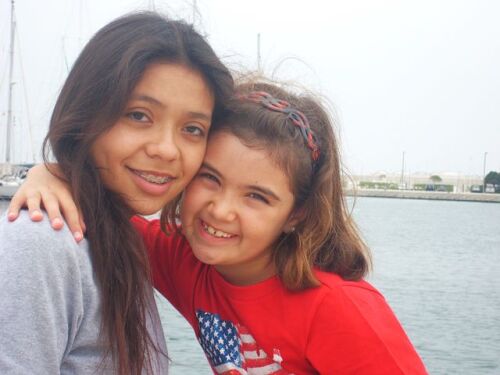There is power in letting the kids do the thinking and the talking and you can make this happen as you are thinking about starting a new year with your kiddos. A successful day for an after-school leader is when s/he goes home rested and the kids are exhausted from all of the thinking and collaborating!

I’d like to share some tips for facilitating more and talking less. In short, working on being a “guide on the side” so that the children do the majority of the thinking and talking.
There are plenty of ways leaders can put kids in charge of the heavy lifting, but for many of us, it’s a change in how we work. It may also be a new experience for the kids. As with anything new, allow everyone time to adjust to this new way of working together. Success won’t happen overnight, but with patience and practice, you will succeed and grow.
Here are some facilitation tips to keep in mind when you shift to this way of leading:
- Ask open-ended questions. Avoid yes/no questions that provide little feedback to inform your decisions. Think of what you will get from your kids if you ask an open-ended question like, “What would you like to do differently next time?” rather than “Should we do it differently next time?”
- Use wait-time. Of course, you may not get thoughtful responses if you don’t allow your children adequate time to think about their answers. You must wait for kids to answer. If you slowly count to 10 in your head, most of the time you will get an answer. It may seem awkward at first, but you and the kids will get used to it. Children appreciate the opportunity to be heard; be an active listener and you will be amazed by what you learn.
Give every child a chance to talk. It’s easy for a few confident, outgoing children to monopolize a discussion. To give all children ample opportunities to be heard, here are some strategies and facilitation techniques to try during discussion or brainstorming time:
- Think, Pair, Share: Use this technique after you have asked an open-ended question. First, give the children time to think, and then have them turn to the person next to them and discuss the answer to the question. Finally, have a group discussion. Watch an example of this being done in a classroom.**
- Think, Pair, Write: As in “Think, Pair, Share,” children think for a few minutes individually before talking with a partner. The children then write their ideas down. Pairs may then be asked to share their writing with another pair or with the class.**
- Heads Together: In this exercise, groups of four students discuss a question among themselves. Groups may then share their thinking with the other groups.
- Turn to Your Partner: Allow children to have a discussion with a partner to answer a question. By allowing each child to turn and talk to the person next to them, all the children get a chance to speak. If you ask a question and only call on a couple of children to answer, most of the kids do not get a chance to respond. Watch an example of this being done in a classroom.
Now it’s your turn. Ask yourself: who is talking more, you or your kids? What are you doing to give the kids more time to talk? What are your biggest challenges with the issues raised in this post? What are you going to try this summer?
Here is an easy way to remember these tips and get more (click here)!
For breakfast, I had plain vanilla yogurt, Muesli, and blueberries.
** Turn to Your Partner. Partners turn to one another to discuss a question.
*** Think, Pair, Share. Each child thinks individually about a question before discussing his or her thoughts with a partner. Pairs then report their thinking to another pair or to the group. This strategy is especially appropriate when the children are asked to respond to complex questions.
Author: @megangreen